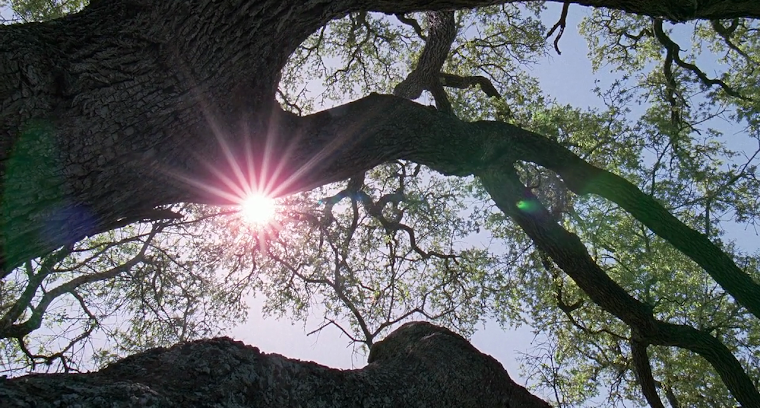
Hilarious tribute to 1970s pop culture, B-grade movies, comic books – and Jean Claude Van Damme
There are quirkier French comedies, to be sure, but Narco is more appealing to wide audiences. Mass appeal and offbeat humour do not usually go together hand in hand, yet the demented pair of Tristan Aurouet and Gilles Lellouche manage to create a genuinely likeable, French popcorn fare for the cinema.
They begin with the title character, Gustav Klopp (Guillaume Canet). A narcoleptic who falls uncontrollably into sleeping fits all the time, Gus is incapacitated by his condition, and unable to hold any job for long. His best pal, Lenny Bar (Benoit Poelvoorde), is equally unemployable for a different set of reasons. Lenny is a thoroughly incompetent karate fanatic who fancies himself a potential world champion, and is prone to beat up anyone who disrespects the sport, his ambition, or his hero, the black belt and action star Jeanne Claude Van Damme. Rounding up the sorry lot of losers is Gustav’s wife Pamela, a disappointed woman whose unending complaints about the bills finally inspire Gus to draw the dreams he has during his narcoleptic attacks.
And what dreams they prove to be. Raised on a daily dose of bad B-grade movies by his father, Gustav’s dreams are a salad mix of one genre film setup after another. It’s like watching The Last Action Hero mixed with The Adventures of Baron Munchausen, without the cheesiness or the bombast. A man with such a unique gift should be able to make a fortune with his drawings, you say. When Gus goes into a coma, Lenny, Pamela, and his psychiatrist (a very slimy Guillaume Gallienne) hatch a hilarious scheme to get rich quick...
The quick run-through of the plot hardly tells you what to expect, or how the film will look. Here, then, is a strong point of Narco: Aurouet and Lellouche conceive of their film as a visual and auditory experience to be savoured in the cinema. The mostly American music in the soundtrack (ranging from Frank Sinatra to early disco) is so infectiously fun and so appropriate that you hardly feel it’s out of place in a French film.
The directors avoid making Gustav’s narcolepsy and dream sequences the key feature of the movie. Instead of an existential comedy that blurs the boundaries between Gus’s reality and dreams, Aurouet and Lellouche veer off into a much less travelled path. Gus’s dreams are a mere plot device, and the real action takes place in his waking world. The gimmick is: his waking world is populated by people who are not that different or less bizarre than characters from your average chop-socky comic book or B-grade movie. There are jokes and plotlines based on the Village of the Damned, James Bond villains, film noir detectives, Alfred Hitchcock thrillers, and even madcap get-rich-quick situation comedies of the 1950s. Even the resolution of the film is a part-tribute, part-spoof of comic books from that era! The only quibble I have is the conclusion of Narco, which breaks with what the directors have built up so consistently for the entire movie.
While the telegenic Guillame Canet may get the top billing in this feature, Benoit Poelvoorde almost steals the show with his performance of the karate-obsessed Lenny. He’s droll and laughable when he poses with his nunchakus, but also so pitiable you can feel the depths of his sorrow during a dark moment in the film where he speaks with his conscience – who is none other than the legendary Jean Claude Van Damme. Actually, let me revise my previous claim. While telegenic Guillaume Canet may get the top billing and Benoit Poelvoorde almost steals the show with his all-rounded acting, Jean-Claude Van Damme actually steals the show with his cameo appearances as Lenny’s conscience. He may be known for his bad acting in a series of B-grade action movies in the 1990s, but here, Van Damme is perfectly cast and surprisingly eloquent. And entertaining.
Casting Mr Van Damme is a testimony to the audacity of the directors’ imagination, and their pitch-perfect comic sense. Ordinarily, spoof movies (Naked Gun, Scary Movie, etc.) are deemed good if 1 out of 3 jokes hit home. For Narco, all the jokes hit home and none fell flat. Now, that’s an achievement that an independent French film managed to score where Hollywood couldn’t.




